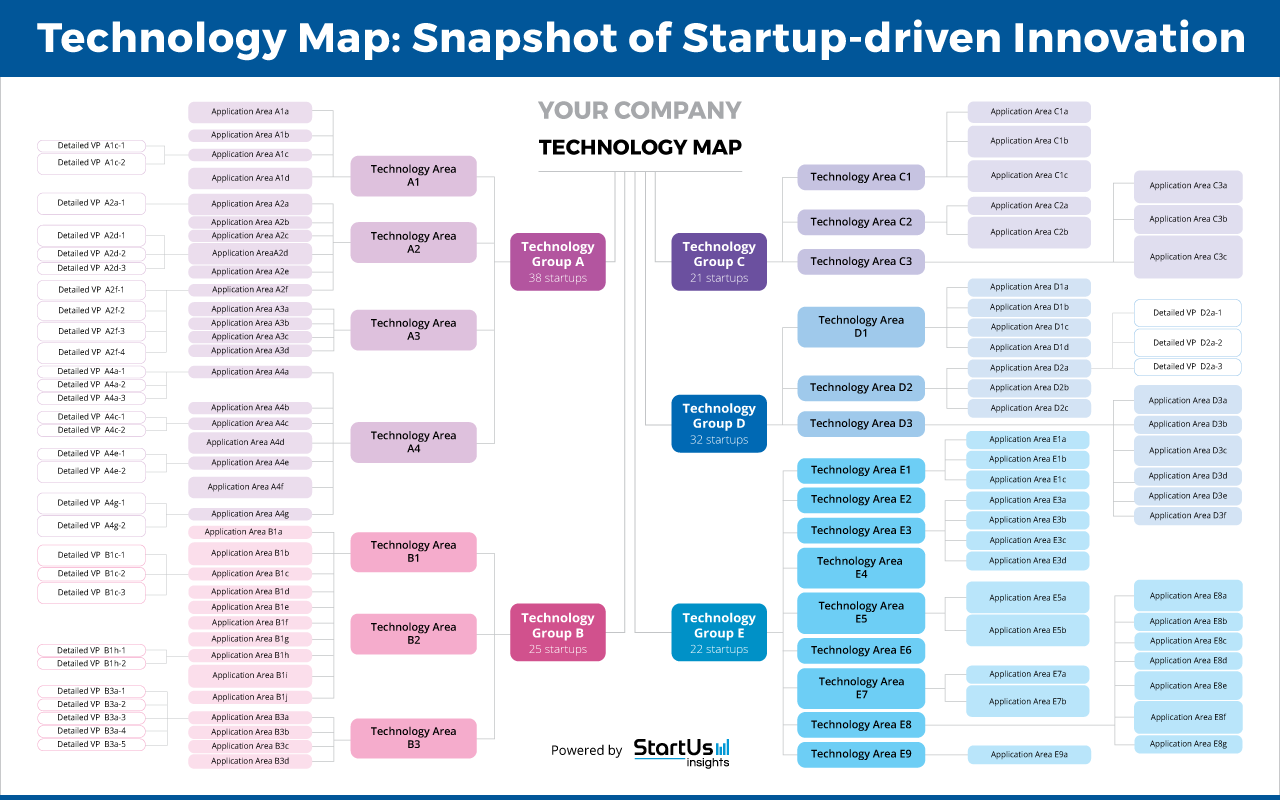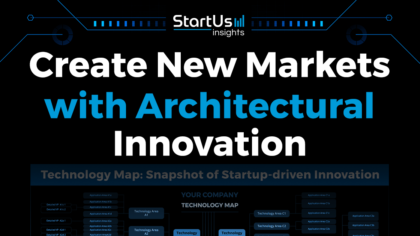Accelerate Productivity in 2025
Reignite Growth Despite the Global Slowdown
People and businesses often associate innovation with radical changes in an industry. As it happens, these are the rarest of innovations. Innovations that use existing tech to make incremental improvements or sustain a competitive advantage are far more common. The latter kind is better known as architectural innovation. It is when companies seek to leverage existing technologies, whether those built in-house or available in the industry, to create new markets.
Take the smartwatch market for example. These watches use mostly the same components as those used in smartphones. Everyone that uses one most likely carries a smartphone as well. However, by tapping into the specific needs of fitness enthusiasts and athletes, they allow smartphone manufacturers to sell more gadgets by adding a smartwatch segment to their businesses.
Opportunities for Architectural Innovation
Both incremental and architectural innovations use existing technologies, but the latter has the potential for more impact. It requires finding the right opportunities to enter or create new markets. Here is how you can advance architectural innovation:
Repurpose Technologies
Unanticipated consequences of technologies aren’t always bad. Every now and then, consumers often use products in different ways than the manufacturers intended. A customer-centric innovation approach is likely to catch trends of unintended use early on. This often provides a company with new ideas for its product development strategy.
Technology landscaping allows you to identify creative, new use cases for existing technologies. This enables you to spot these trends early and incorporate them into your product pipelines. Beyond consumer products, repurposing technologies apply to business processes as well.
Create New Business Models
One way to advance architectural innovation is by creating new business models. Take Uber for instance. Taxis, carpooling, and gig workers existed before Uber, but the company created a new market by bringing them together under a scalable business model. Business model innovation also enables companies to enter new markets or customer segments.
When companies enter new geographical markets, architectural innovation allows companies to adapt their products and services to local needs. This mitigates competition from local players and, thus, improves the likelihood of success.
Monitor Adjacent Industries
Another source of architectural innovation is startups and companies operating in industries adjacent to yours. For example, innovations in agriculture supply chains can often be replicated in food supply chains. Or replicating materials manufacturing solutions to create better solar panels. You need to monitor not just your industry, but adjacent industries as well to identify novel use cases.
Conversely, technologies from other industries can be imported to address challenges in your industry. Identifying such opportunities requires integrating innovation management with business processes. The bottom-up approach allows companies to better analyze how technologies that have worked for other companies or industries can work for their systems.
Identify Circular Loops
The circular economy presents new opportunities for architectural innovation for businesses across industries. Consider the example of a food processing unit. It can adopt circular principles to upcycle food waste into energy. Technologies to do this, such as anaerobic digestion or fermentation, are already well established in other sectors. Incorporating these technologies allows food processing units to reduce waste management as well as energy costs.
This way, circular solutions reduce operational costs and create new revenue streams, thereby improving the profitability of a company. Further, it makes the operations more sustainable, making the company attractive to environment-conscious customers.
Benefits of Architectural Innovation
1. Limits Risk
Because architectural innovation deals with existing technologies that have already worked for other use cases, it increases the odds of success. The only uncertainty is in assessing whether importing these technologies will have the expected impact. Therefore, architectural innovation limits risk significantly compared to other kinds of innovation strategies.
2. Lowers Costs
For architectural innovations, research and development costs are a fraction of what they would be if a company bets on untested technologies. Further, often there is an existing framework in place that needs only minor tweaks. Consequently, architectural innovation offers a low-cost route to innovations as compared to disruptive or radical innovations.
3. Expands Market Share
As exemplified above, architectural innovation empowers companies to increase market share. It could be via expanding to adjacent industries, new customer segments, or creating new revenue streams. Moreover, it also facilitates the transition of technologies from B2B to B2C. For instance, many household appliances today only existed as commercial devices early in their history.
Drive Architectural Innovation with Innovation Intelligence
Depending on your innovation goals, we offer a range of services enabled by the StartUs Insights Discovery Platform, covering over 2,5 million startups & scaleups globally. Some of our services that help you identify opportunities for innovation include:
- Trend Scouting: Identify the emerging and latent trends and developments that will impact your competitiveness
- Technology Scouting: Reveal emerging technologies that match your innovation goals
- Startup Scouting: Discover over 2,5 million startups & scaleups globally, scouting the right partners & saving you weeks of desk research

Assessing the different ways startups and scaleups use technology allows you to identify opportunities for architectural innovation.
To learn how to pursue low-cost, low-risk innovation, get in touch today!

![Future of Robotics: 12 Trends Powering the Next Wave [2025-2030]](https://www.startus-insights.com/wp-content/uploads/2025/06/Future-of-Robotics-SharedImg-StartUs-Insights-noresize-420x236.webp)
![Innovation During Recession: Key Data-Driven Strategies to Thrive [2025-2026]](https://www.startus-insights.com/wp-content/uploads/2025/06/Innovation-during-Recession-SharedImg-StartUs-Insights-noresize-420x236.webp)
![Business Resilience Planning: 10 Strategies & Technologies to Tackle the Current Market [2025-2026]](https://www.startus-insights.com/wp-content/uploads/2025/06/Business-Resilience-Planning-SharedImg-StartUs-Insights-noresize-420x236.webp)



